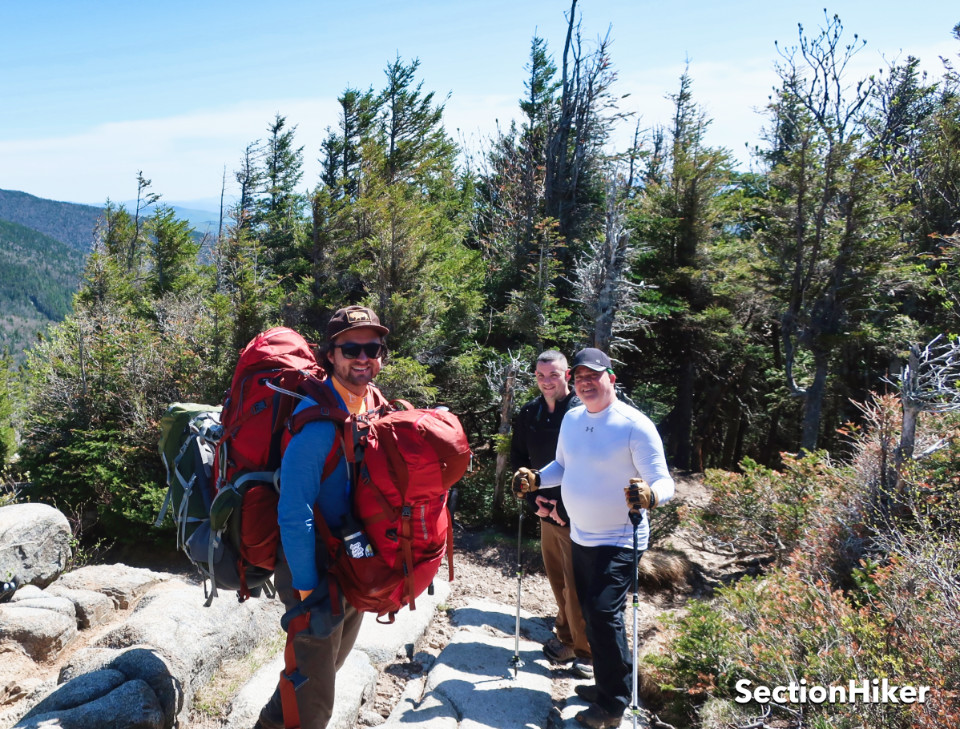
How giant relating to backpack quantity will have to you search for in a
- daypack (1/2-1 day)
- weekend backpacks (1-3 days)
- weeklong backpacks (3-7 days),
- expedition backpacks (greater than per week)
Listed here are some backpack quantity pointers and recommendation for purchasing for backpacks in the fitting dimension vary.
How Backpack Quantity is Measured
Maximum primary backpack producers measure the amount in their backpacks via including up the whole quantity of the closed garage on their packs, together with the principle compartment, wallet, and hip belt wallet that may be closed or zippered close. Then again, many smaller producers use a special manner and come with open wallet like aspect water bottle wallet or rear mesh wallet along with the closed garage. This may make weight-to-volume comparisons a bit of deceptive when evaluating packs from other producers When doubtful, touch the producer to invite what manner they use to measure backpack quantity.
Climbing Daypack Sizes (1/2 day to full-day hikes)
Maximum daypacks vary from 15 liters to 35 liters at the high-end. Whilst a smaller-sized 15-25 liter backpack is most often enough for 1/2 day hikes, you’ll need a better pack within the 25-30 liter vary for all-day hikes or wintry weather to hold further water, meals, clothes, and emergency tools. Many backpacks below 25 liters in dimension is not going to have hip belts, they usually’re no longer vital if you happen to’re wearing lower than 15-20 kilos of meals, water, and clothes. If you get above 20 kilos in tools weight, you will have to take a look at backpacks with hip belts for the reason that weight will take a seat to your hips and no longer your shoulders, making it a lot more uncomplicated to hold. This may be true when taking into consideration backpacks with vest-style shoulder straps: when it’s a must to elevate a load over 20 kilos in weight you’ll need a hip belt. Take a look at our advisable mountain climbing day packs.
The daypack class additionally contains hydration packs, which generally is a just right possibility. Make sure you have enough quantity to hold your further clothes and power for the reason that hydration reservoir can absorb really extensive area.

In the event you’re a wintry weather day hiker and snowshoer, I’d suggest sizing as much as a 35-40 liter backpack able to wearing snowshoes, microspikes, water, meals, and bulkier insulated clothes. You wish to have a beefier backpack than a small daypack to hold snowshoes (which weigh 5 lbs on my own) or further traction aids.
Weekend Backpacking Packs (1-3 Nights)
Maximum daypacks are incorrect for in a single day and weekend backpacking journeys as a result of they require wearing a lot more tools, equivalent to a snoozing bag/cover, snoozing pad, snoozing garments, tent/refuge/hammock, range, cooking pot and utensils, and extra meals.
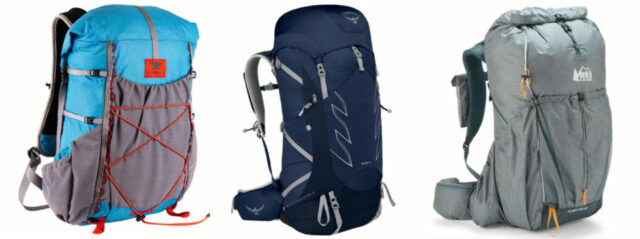
All this additional stuff calls for more room, although you are taking a minimalist or ultralight method to gearing up with extremely compressible tools, together with down snoozing baggage or quilts. The candy spot for weekend journeys is a backpack with 40 to 50 liters of quantity for one to a few nights and sufficient exterior straps to glue particularly cumbersome tools to the outdoor of the backpack. Rolltop packs or the ones with most sensible lid wallet are each appropriate—which you select is only a topic of choice.
Weeklong Backpacking Packs (3-7 Nights)
The most important distinction between shorter weekend and multi-day backpacking journeys is the want to elevate extra meals and perhaps extra technical tools, relying on the type of actions or local weather you’ll be mountain climbing in.
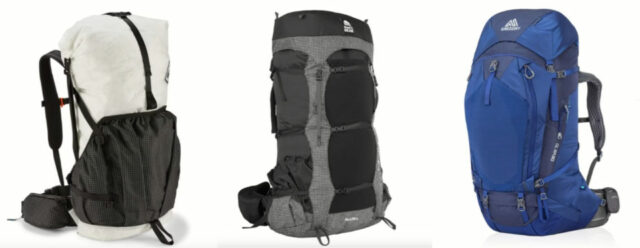
For multi-day journeys, you’ll want 50 to 70 liters of backpack quantity, however if you happen to pass ultralight, use compressible tools that doesn’t absorb a large number of area, or can resupply ceaselessly, like on a thru-hike, you may be able to get with a decrease quantity pack in that vary.
Expedition Backpacks (A couple of week)
Expedition backpacks are the behemoths of the backpacking global and vary size-wise from 80 liters as much as 110 liters or extra. They’re designed to carry a mammoth quantity of meals and power, most often for professionally guided hiking journeys. In the event you’re occurring a commute like this, it’s almost certainly value asking your information for backpack suggestions. {Most professional} information services and products have tools you’ll be able to hire to keep away from a big acquire for a unmarried use.
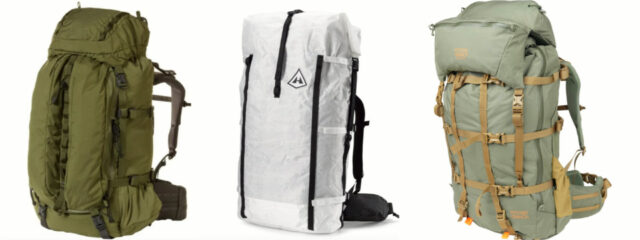
Exterior Attachments
In the event you plan to hold a large number of cumbersome tools, you don’t have to hold it all within the closed garage of a backpack. Cumbersome snoozing pads, tents, rain tools, snowshoes, and water bottles are often filled into external wallet or connected to the edges, again, or backside of a backpack with webbing or compression straps. This allows you to use the similar backpack for medium and longer journeys while not having to shop for a 2nd better pack to hold your further tools.
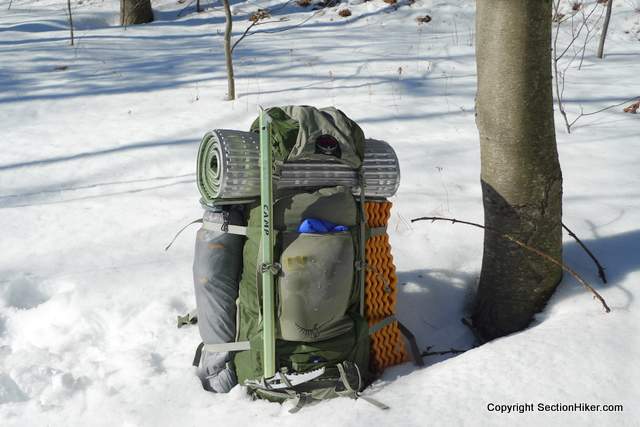
See Additionally:
SectionHiker is reader-supported. We best make cash if you buy a product via our associate hyperlinks. Assist us proceed to check and write unsponsored and impartial tools opinions, newbie FAQs, and unfastened mountain climbing guides.
